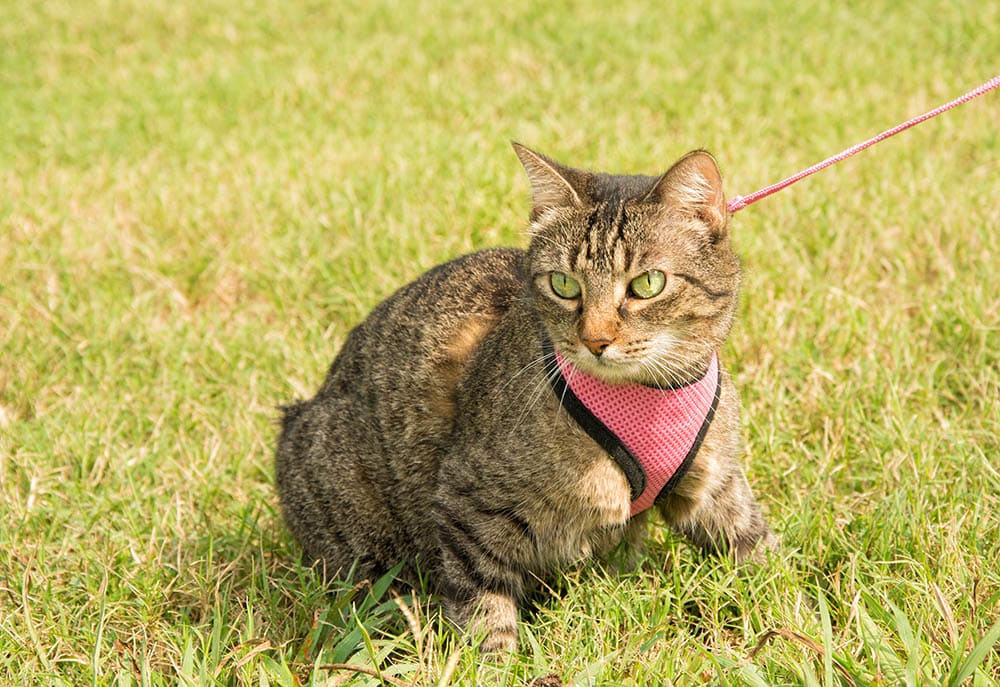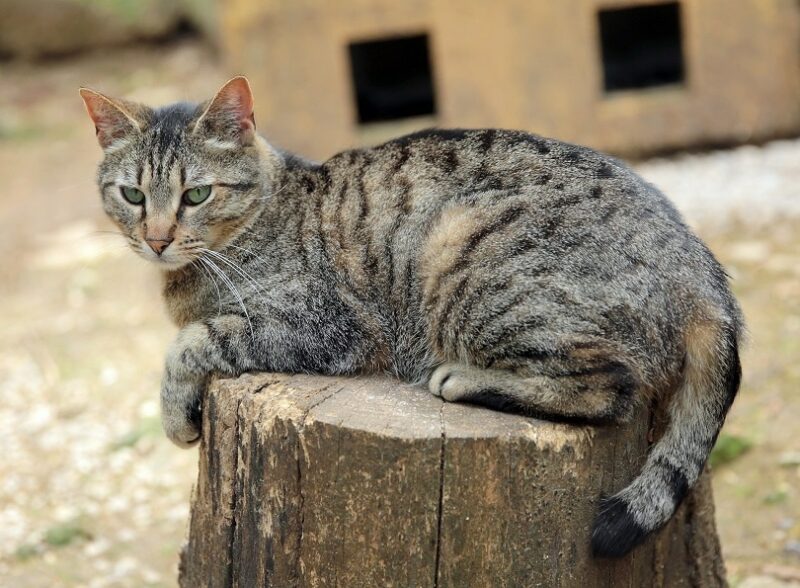The tabby cat can differ in appearance, from stripes to spots, whorls, and more. All of these variations have their own names, but typically an “M” is marked on the head of a tabby, just above the eyes. We see this pattern across a wide range of pure and mixed-breed cats, but where exactly does it come from? Well, it turns out the tabby gets their stripes from the same place the cheetah gets their spots: genetics. So, let’s take a closer look at this below.
Where Do Tabby Cats Come From?
The tabby cat genes can be traced back 9,000 years to the African wildcat. It’s thought that the array of patterns we see today in tabby cats started with the mackerel pattern and is the closest to the natural pattern of the African wildcat. Other tabby patterns occurred from selective breeding and mutations of the mackerel pattern.

What Does Science Say?
While we have a rough idea of how long tabbies have been with us, researchers are still working on understanding what made their fur look the way it does. In a study published in Science, all the mackerel tabbies had a normal version of a gene called Transmembrane Aminopeptidase Q (Taqpep), while all the blotched tabbies had a mutated form of the gene.1
The Taqpep gene establishes the pattern of a cat’s coat while still in the womb, likely by determining the level of expression of another gene. It remains unknown why some domestic cats don’t have any pattern at all despite the status of their Taqpep gene.
Variants in this gene are responsible for the arrangement of the color patterns, and their expression will depend on the A-Locus (agouti).2 Of course, further mutations can occur, which result in different coat colors and patterns, like thinner stripes, various-sized spots, or alterations in pigmentation.
The 5 Types of Tabby Coat Patterns
1. Classic Tabby
The classic pattern is made up of whorls, which create a shape resembling a target on the side and, as a result, is sometimes known as the “blotched tabby”, as this pattern is a more recent mutation.

2. Mackerel Tabby
The Mackerel tabby has rings around the legs and tail with bands of solid or broken stripes around their body. These stripes may also branch out and resemble a fish skeleton, which is where the name came from.

3. Spotted Tabby
The spotted tabby has spots, and these spots can vary in size. They can also resemble broken stripes, which you find on the mackerel tabby.

4. Patched Tabby
Patches of dark or grayish brown, red, or orange with the tabby pattern throughout make up the patched tabby. They are sometimes referred to as tortoiseshells (or torties) because the pattern is similar to what you’d find on the shell of a tortoise. The markings are usually more apparent on the head and legs.

5. Ticked Tabby
A ticked tabby is sometimes known as the Abyssinian tabby or agouti tabby and doesn’t have traditional spots or stripes. At first glance, they might not even look like a tabby. However, on closer inspection, you’ll notice the tabby pattern on the face and sometimes the legs, with light and dark coloring bands in their hairs.

Final Thoughts
Tabby cats are one of the most popular cat patterns, but you might not have considered the science behind your cat’s stripes until now. The reason your tabby cat has stripes was determined before the embryo that became your kitten even grew fur. If you’ve never really thought about what type of tabby your cat is, look at the patterns on their coat to help you figure it out!
Featured Image Credit: No-longer-here, Pixabay











